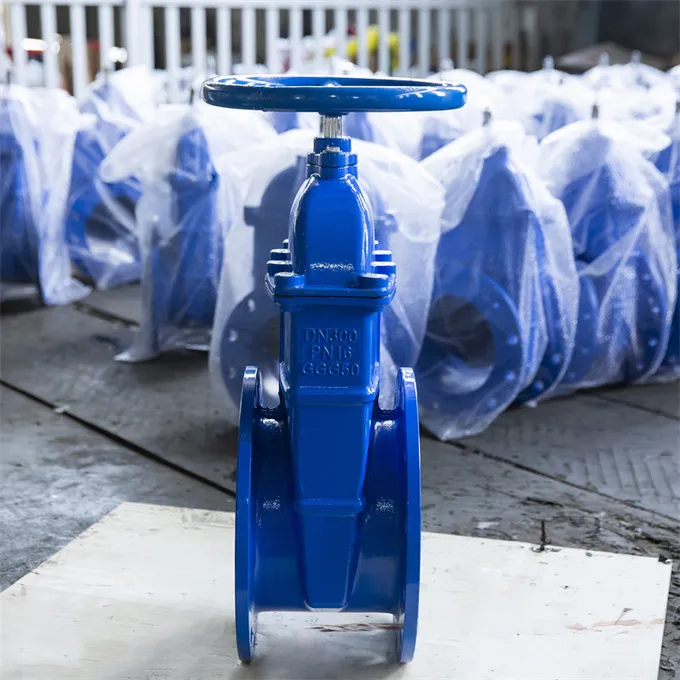Nov . 06, 2024 12:57 Back to list
Three Different Categories of Micrometers and Their Unique Applications
Understanding the Three Types of Micrometers
Micrometers, often referred to as micrometer screws or simply micrometer gauges, are precision measuring instruments that play a vital role in various fields, including engineering, manufacturing, and metrology. They are designed to measure small distances, thicknesses, and diameters with remarkable accuracy, typically within a range of 0.01 mm to 0.001 mm. The functionality of micrometers is based on a screw mechanism, which allows for finely tuned measurements. In this article, we will delve into the three primary types of micrometers the outside micrometer, the inside micrometer, and the depth micrometer, along with their uses and advantages.
1. Outside Micrometer
The outside micrometer is arguably the most common type of micrometer. It is specifically designed for measuring the external dimensions of objects, such as the diameter of rods, the thickness of sheets, or the size of machined parts. The range of an outside micrometer typically varies from 0 to 25 millimeters, 0 to 50 millimeters, or even higher, depending on the model.
The outside micrometer features a “C” shaped frame, within which a calibrated screw is moved by turning the thimble. When measuring, the object is placed between the anvil (a static part) and the measuring face of the spindle (the movable part). As the thimble is rotated, the spindle moves toward the anvil, pressing the object securely for a precise measurement. The measurement can be read directly from the scale on the micrometer and is enhanced with a Vernier scale for greater accuracy.
One of the key advantages of the outside micrometer is its high accuracy and ease of use, making it a preferred tool for machinists and engineers when precise measurements are critical
.2. Inside Micrometer
While the outside micrometer measures external dimensions, the inside micrometer is designed to measure the internal dimensions of holes, grooves, or boundaries. This type of micrometer typically consists of a set of rods, allowing users to extend or shorten the measuring range as needed.
3 types of micrometers

An inside micrometer operates on a similar principle to its outside counterpart a calibrated screw that moves a measuring contact point (often a pair of contacts) along the inner surface of a hole. Like inside micrometers, external measurement techniques can introduce measurement errors due to the gripping mechanism, which is avoided with the inside micrometer’s design.
The usage of inside micrometers is essential in applications such as measuring the diameter of bore holes or internal fittings. Their ability to deliver precise internal measurements makes them an indispensable tool in quality control and inspection processes.
3. Depth Micrometer
The depth micrometer is specifically designed to measure depths, such as the depth of slots, holes, or recesses. It incorporates a precision bar that extends perpendicular to the measurement axis, allowing accurate depth measurement from a reference plane.
This type of micrometer typically features a flat base that rests on the surface of the workpiece, with the measuring rod descending into the hole or recess being measured. The reading is taken from a scale on the micrometer’s body, making it straightforward to read. Depth micrometers are equipped with interchangeable rods of various lengths, enabling the measurement of variable depths without affecting accuracy.
The depth micrometer is essential in various applications, such as inspecting tooling installations, depth gauges on machining setups, and ensuring that the appropriate tolerances are maintained in engineering applications.
Conclusion
In summary, the different types of micrometers—outside, inside, and depth micrometers—provide a comprehensive approach to measuring small dimensions with precision. Each type is tailored to specific measurement needs, making them invaluable tools in mechanical engineering, quality control, and machining processes. Understanding the functions and applications of these precision instruments enhances the ability to obtain accurate measurements, ultimately improving the quality and performance of manufactured products. Whether one is a seasoned engineer or a novice machinist, familiarizing oneself with these three types of micrometers is essential for achieving excellence in any precision measurement endeavor.
-
thread-plug-gauge-our-promise-of-measurement-excellenceNewsAug.22,2025
-
gauge-pin-class-reflecting-quality-legacyNewsAug.22,2025
-
check-valve-types-for-high-rise-buildingsNewsAug.22,2025
-
water-control-valve-for-irrigation-systemsNewsAug.22,2025
-
gate-valve-with-soft-seal-technologyNewsAug.22,2025
-
y-type-strainer-for-oil-and-gas-applicationsNewsAug.22,2025
Related PRODUCTS









